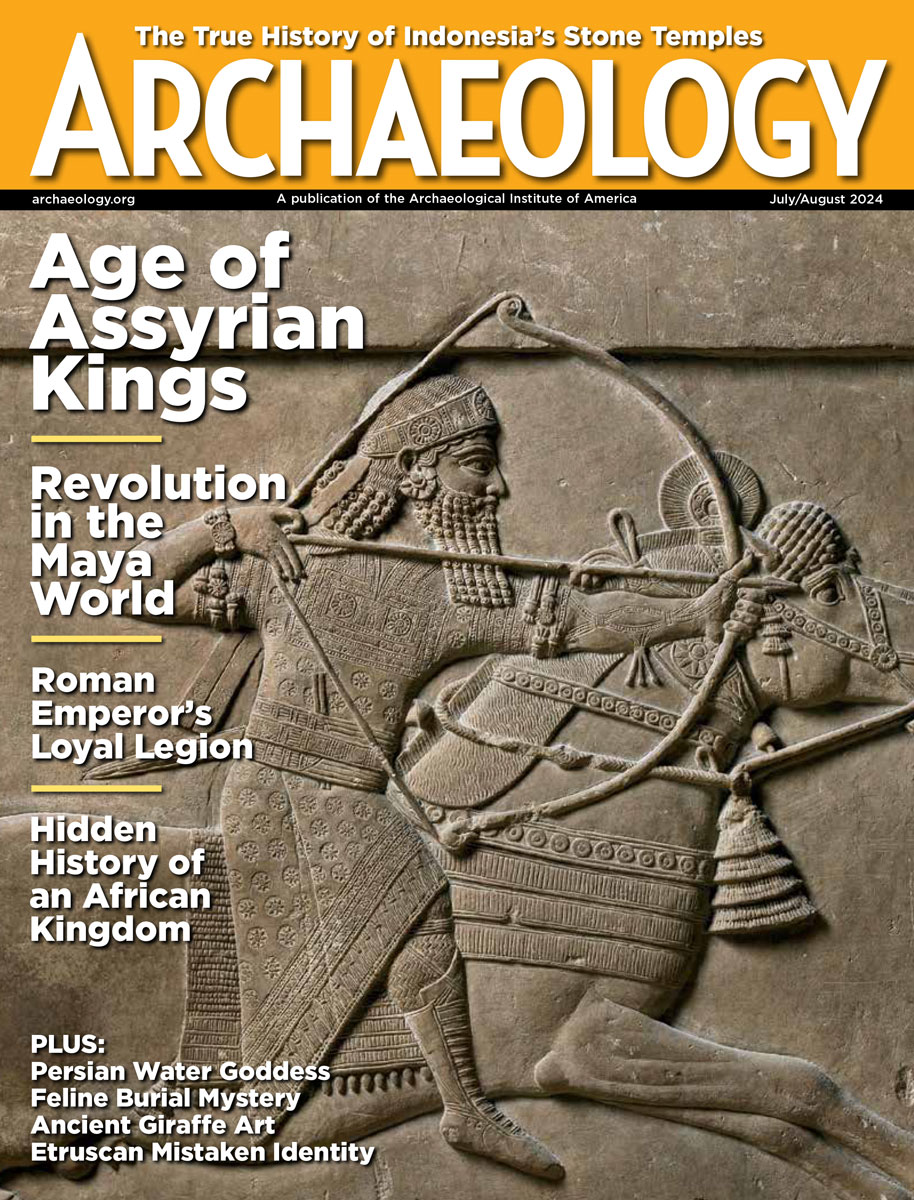Thursday, February 12
February 12, 2009
Explosive changes in DNA called copy number variations are the likely cause of what makes humans and great apes unique, according to an article in Nature. “These are really like volcanoes in the genome, blowing out pieces of DNA,” said geneticist Evan Eichler of the University of Washington.   A second article gives a further explanation of the new study, and its possible implications. “It is unclear why, but the common ancestor of humans, chimps, and gorillas had an unusual activity of duplication,” said Jeffrey Kid, also of the University of Washington.
Seven houses in a ring-shaped American Indian village dating to 300 to 450 A.D. have been uncovered in Oakville, Iowa. The village is in pristine condition. Â
A statement from the Prussian Cultural Heritage Foundation has reportedly rejected claims that German archaeologist Ludwig Borchardt deceived Gustave Lefebvre, Egypt’s inspector of antiquities, to obtain the famed bust of Nefertiti in 1913. Â
In Belfast, archaeologists have been asked to find unmarked mass graves where hundreds of infants had been buried because they died before they were baptized, and were therefore not eligible to be buried in Catholic cemeteries.
See Zahi Hawass, head of Egypt’s antiquities department, and his team open a sarcophagus, and catch a glimpse of the newly discovered tomb, in this video from BBC News. Â
This video at National Geographic News offers more information about the mass grave of 49 Aztecs discovered in Mexico City.
- Comments Off on Thursday, February 12









